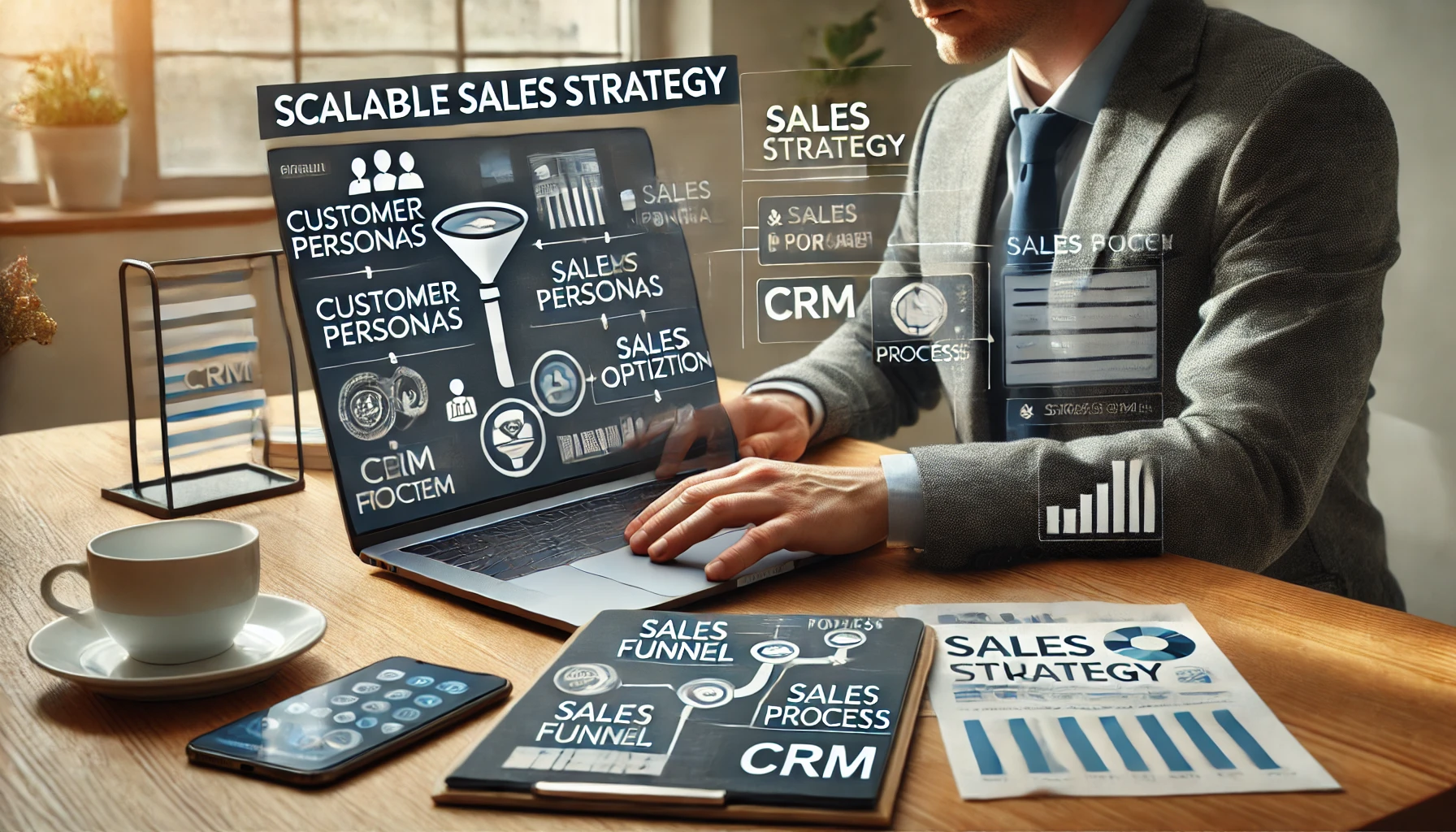How to Build a Scalable Influencer Marketing Strategy for Your Business
Influencer marketing has become one of the most effective ways to reach new audiences, build brand awareness, and drive sales. By collaborating with influencers who have a strong following, businesses can tap into a trusted network of potential customers. However, as your business grows, it’s essential to build a scalable influencer marketing strategy that can … Ler mais









